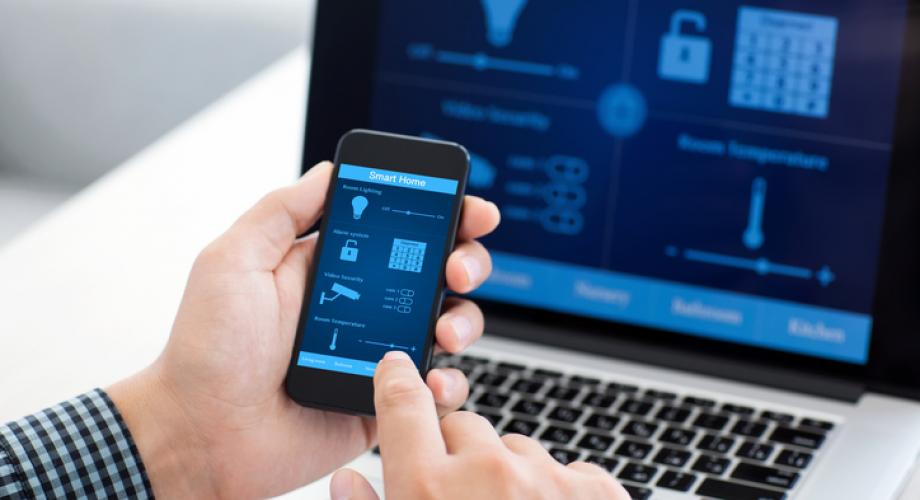While smart-home technologies offer great potential, specifically to save money, it is important to know what offers the best return, who to partner with and how to handle the data.
Gen Z is the first generation to be born during the Internet era. And it shows in their technological aptitude.
“Gen Z can look at five screens at once and digest all of everything,” says Regan Hartley, National Director of Sales for Package Concierge at CampusConnex in Orlando. “They were born in the mid-90s and do not know life without the Internet.”
Members of Gen Z have been living in student housing for a couple of years now and those owners and managers have learned some valuable lessons about how this generation’s lifestyle.
The primary one is they will not yet pay more for smart-home technologies.
“On the income side, can you get a higher rent with smart apartments?” asked Alex Eyssen, VP of Student Housing at The Bainbridge Companies. “You probably can’t.”
But Bainbridge does see significant savings in cutting utility costs by investing in smart-home functions such as lighting, Eyssen says.
For EDR, which spent $33 million in utility costs last year, that savings is real. Casey has seen his company’s smart-home technologies pay for themselves in less than three years—usually in the range of 25 to 30 months. He says thermostats and occupancy offer the best returns.
“If I can save 5 percent on utilities, that is huge,” says Scott Casey, CTO & SVP of Strategic Business Development for EDR Trust.
There are also life-safety benefits. EDR is working with a specialty vendor to pilot a new smart detector smoke detector.
“We get alerts if the students remove the smoke detectors from the wall or if the battery power is low,” Casey says.
Eyssen thinks there is the potential to be able to add devices throughout the building that will warn apartment managers when smart-home products are about to fail.
If sticker-shock is an impediment to owners adding smart-home devices, Casey recommends that they start slowly, first in the common areas. It also can be beneficial for owners to check with local, state and federal governments to see if they are offering incentives to install energy-saving products.
“They may write you a $5,000 check for swapping out LEDs,” he says.
Aside from the energy and cost savings and the life-safety benefits, offering smart-home devices can increase a community’s appeal.
“For us, smart-home technologies are a cool marketing tool to make people want to live in our communities,” Casey says.
If an owner does decide to add consumer electronics, Henry Pye, Vice President, Resident Technology Services with RealPage, says they should avoid consumer electronics, unless it is a move-in gift, because this technology becomes obsolete fairly quickly.
“We are looking for flexible devices that work with Apple, Google, Amazon and Samsung—whatever product the student brings,” he says.
Installing smart-home devices for residents has its pitfalls. Eyssen has seen instances where residents (usually in market-rate communities) do not understand the systems and just unplug everything so they can get access to wall outlets.
To avoid these types of situations, Pye says management firms must determine who has the responsibility for helping residents install their devices.
While that is a concern in all types of rental housing, Eyssen says it takes on extra significance in student housing—where hundreds of new residents may be moving in on the same day.
“They will blame the owner or operator if they cannot connect,” he says.
It is also important to make sure you have the Wi-Fi to support these devices. “All of this relies on really good Wi-Fi,” Casey says. “If you do not have good Wi-Fi, it will not work.”
But if you do provide a strong Wi-Fi signal and can install smart-home devices, Casey says there is one critical thing to remember—don’t sell the consumer behavior-based data—because it can create a revenue opportunity down the road.
“Make sure you own the data that you can potentially get from the smart devices,” Casey says. “It is critical. Vendors will want to know about those trends [in the data].”
Pye warns that owners and managers need to be aware of privacy concerns.
“Any information regarding a resident’s use of technology in their units should be considered confidential and handled like all other resident information.,” he says.
Finally, be careful about which companies to partner with in the smart-home space.
“The smart-apartment industry is going to be a bloodbath,” Casey says. “There may be 100 vendors by the end of this year, but only 10 remaining in five years.”
